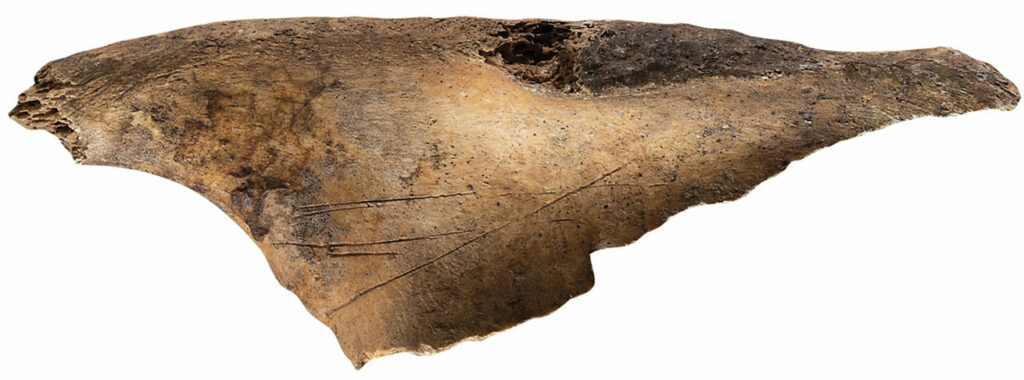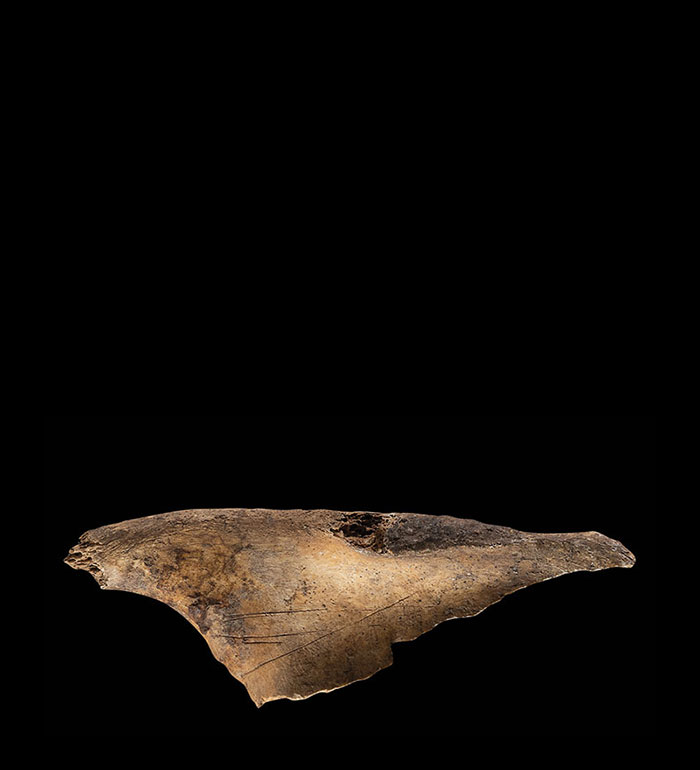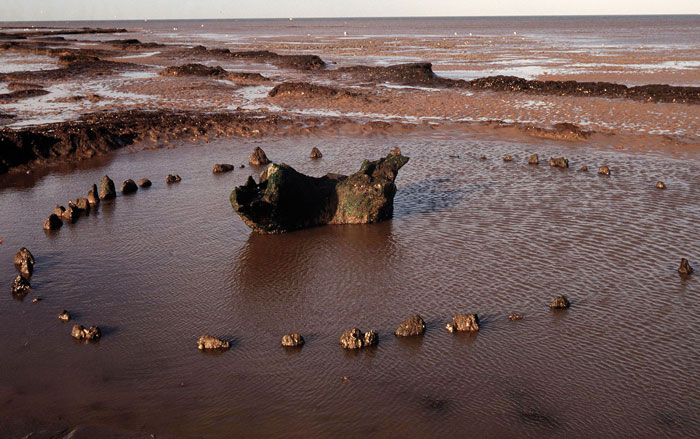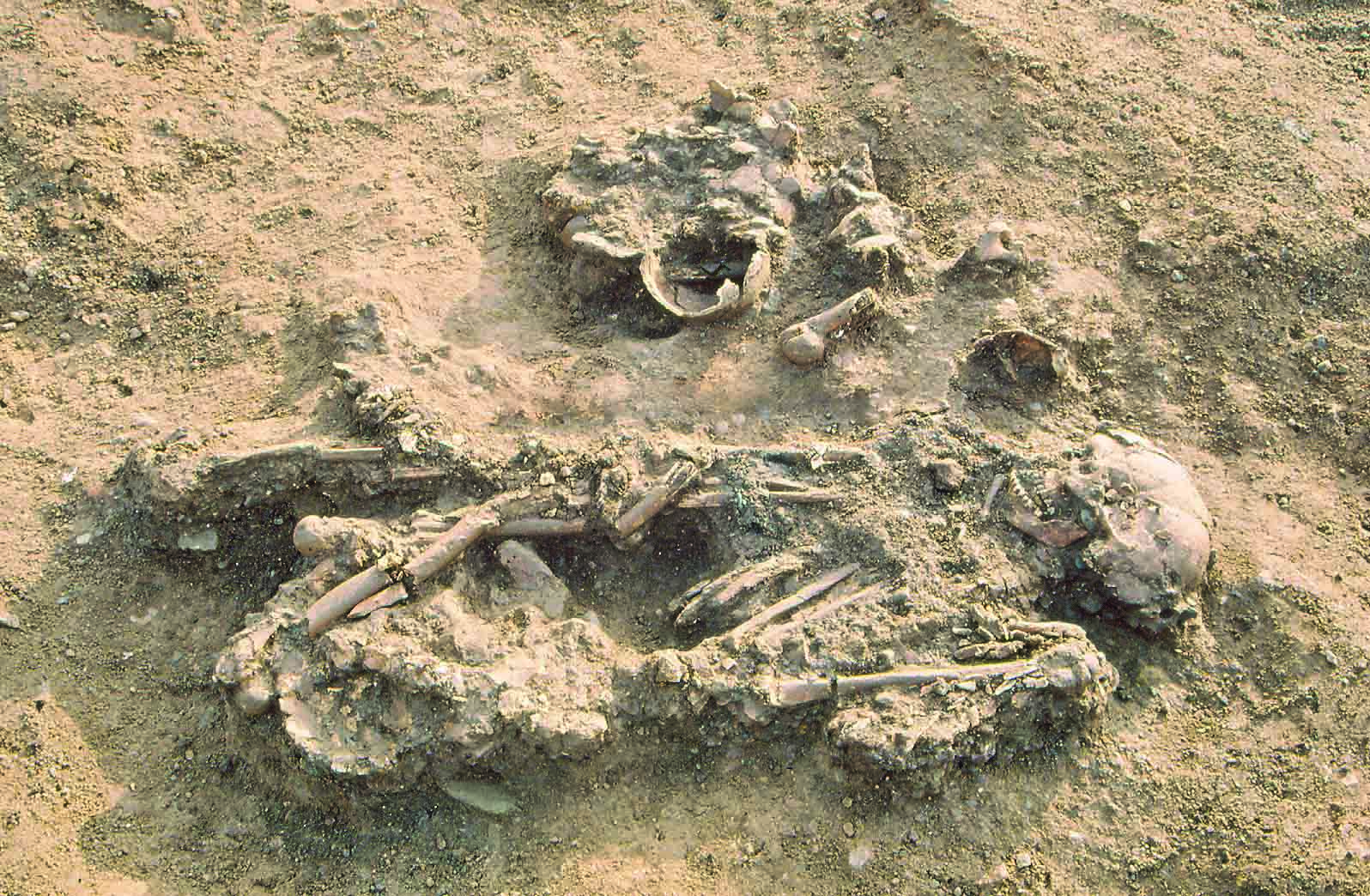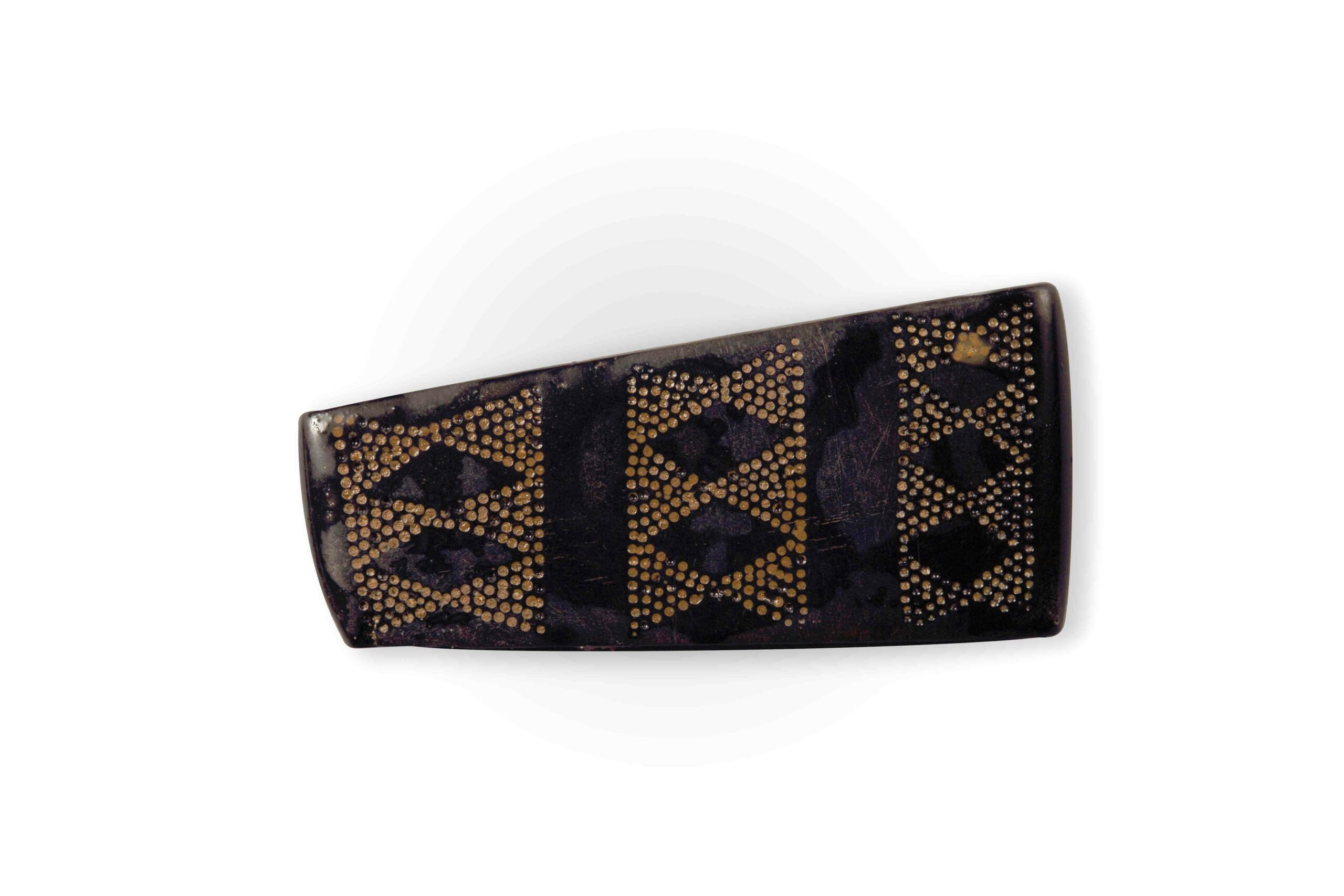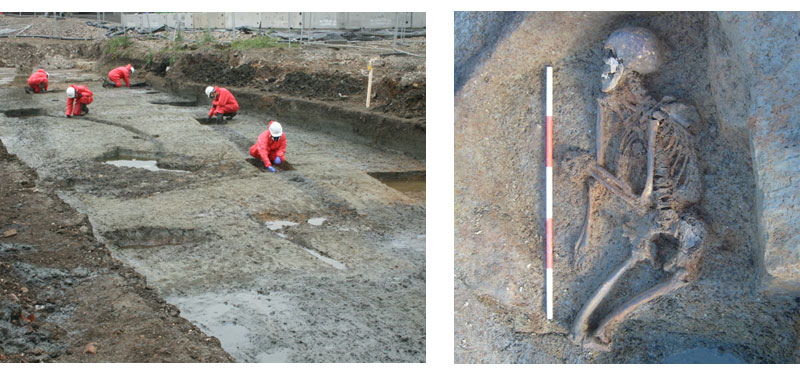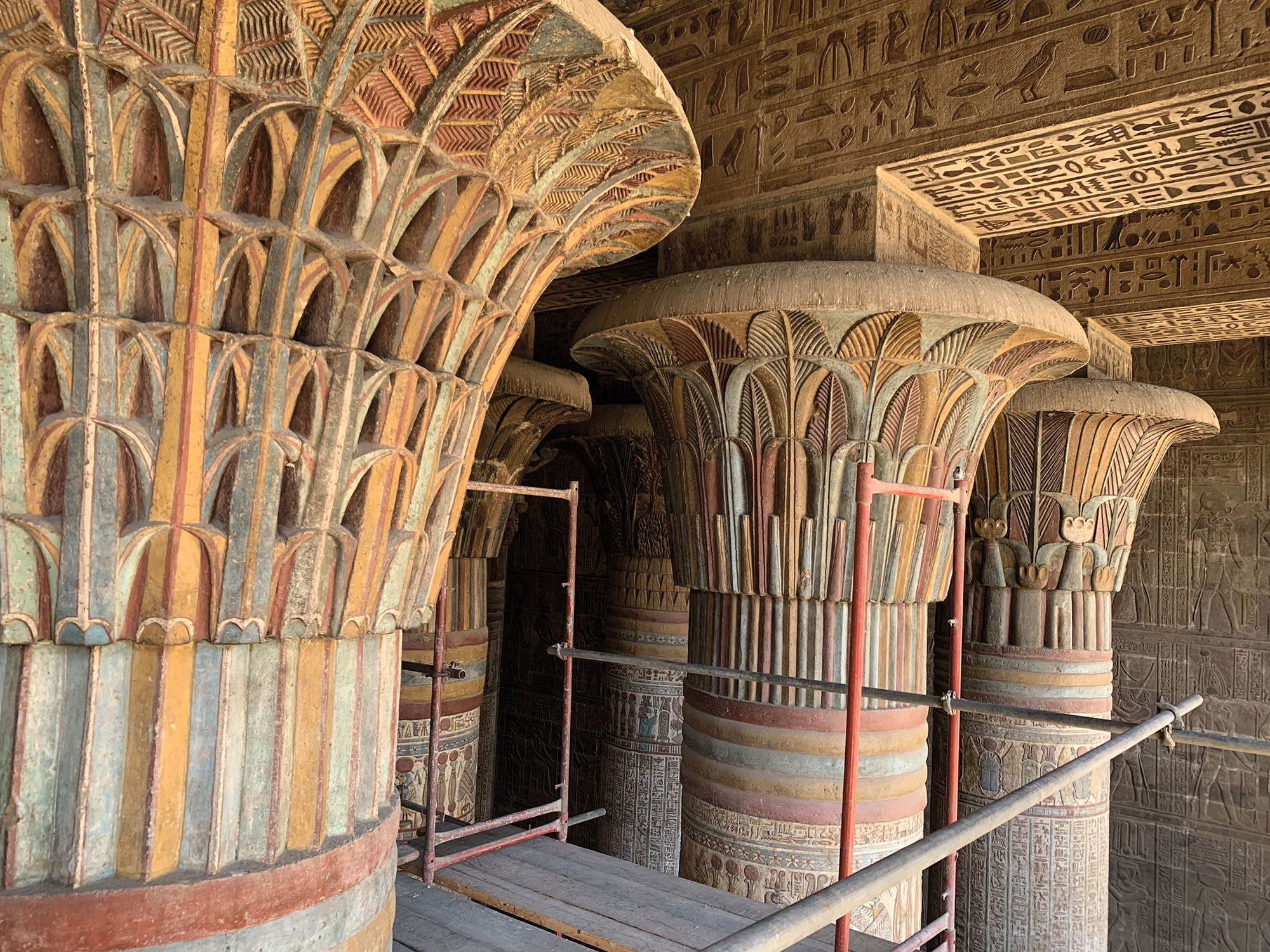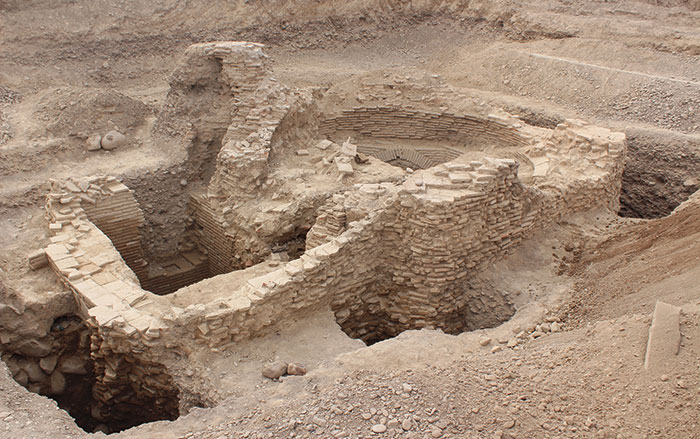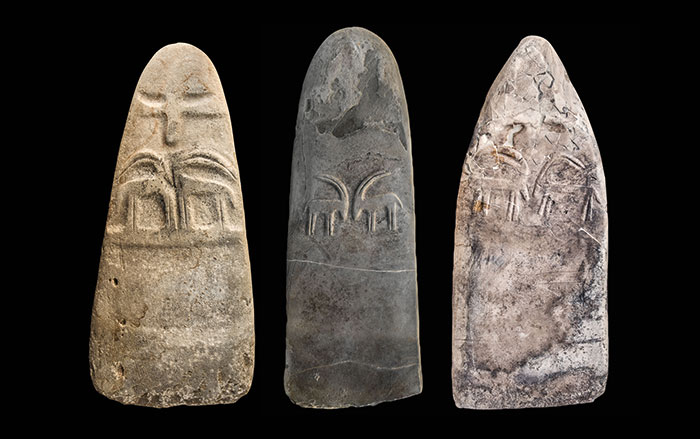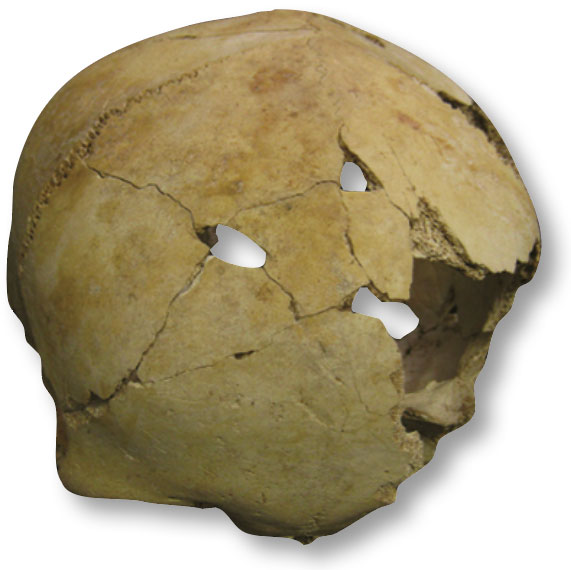
New analysis of human remains found at the site of Charterhouse Warren in southwest England has revealed shocking evidence of a macabre event that occurred in the Bronze Age (ca. 2500–700 b.c.). In the 1970s, 3,000 fragments of human bone were discovered near the bottom of a narrow, 50-foot-deep cavern, but for the last half century, little has been learned about them. Now, using radiocarbon dating and DNA analysis, researchers have determined that the remains belonged to at least 37 men, women, and children who were violently murdered between 2210 and 2010 b.c. Many of the bones show evidence of blunt force trauma, and that, after the individuals were killed, their bodies were dismembered, defleshed, and tossed into the abyss. There is even evidence of cannibalism, including cut marks and human teeth marks on the bones. “This was not a common occurrence in Britain at this time,” says University of Oxford archaeologist Rick Schulting. “It is possible that any cannibalism that occurred was only token and that the main point was to treat these individuals as though they were animals.”
The bone assemblage may represent an entire small community that was massacred, perhaps as an act of revenge for some transgression. “Until now, we have had very limited evidence for violence in Early Bronze Age Britain and the dominant impression has been of a relatively peaceful time,” Schulting says. “But sometimes a single site can radically change our perceptions, and I think that Charterhouse has the potential to do just that.”
